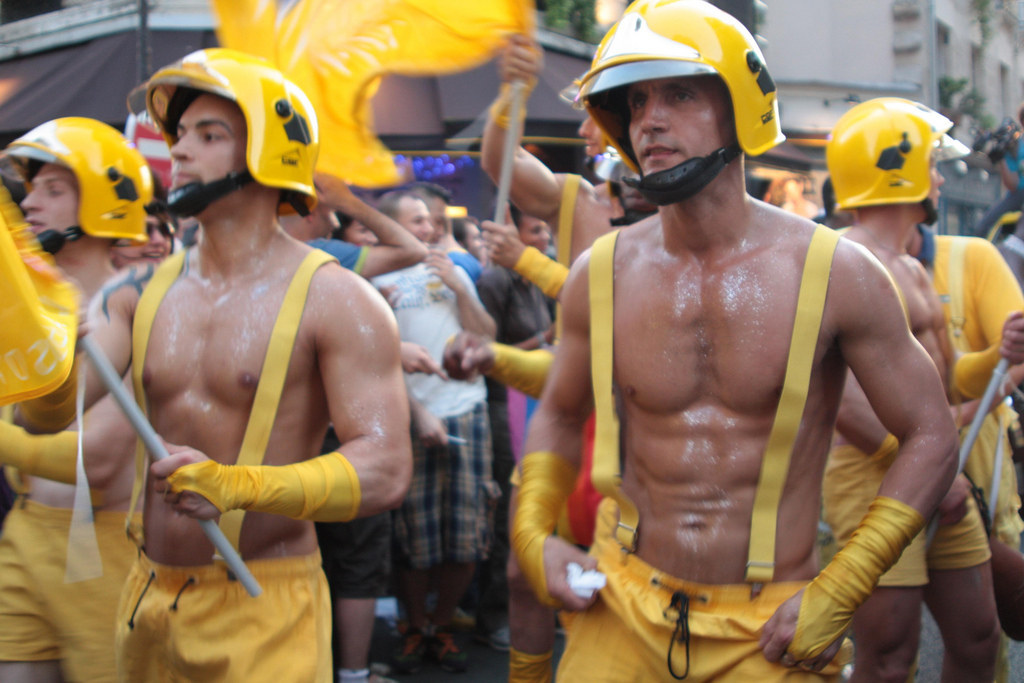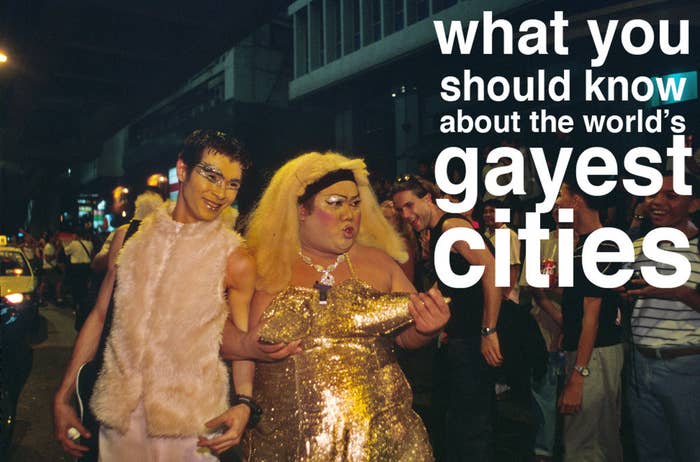
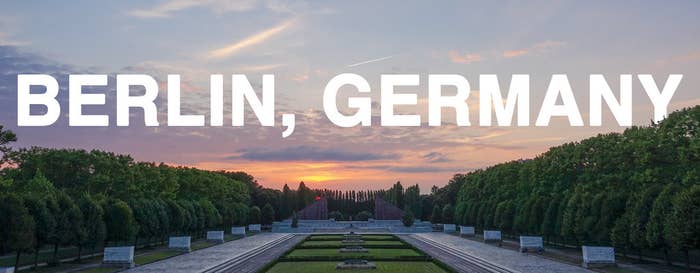
BERLIN is a city of LGBT firsts. It was widely considered the gay capital of Europe in the 1920s — and for good reason. One of the world's first gay neighborhoods was located in Schöneberg, Berlin; it was (and still is) filled with gay and lesbian bars, and was home to gay luminaries such as Marlene Dietrich.
Gay art salons, gay films, gay musicians, gay bars... Even in a city where homosexuality was technically illegal, very tolerant policing policies allowed Berlin's LGBT culture to flourish in the '20s. The über-liberal, sophisticated, and debaucherous city inspired now-legendary stories, musicals, and movies, such as the popular Cabaret.
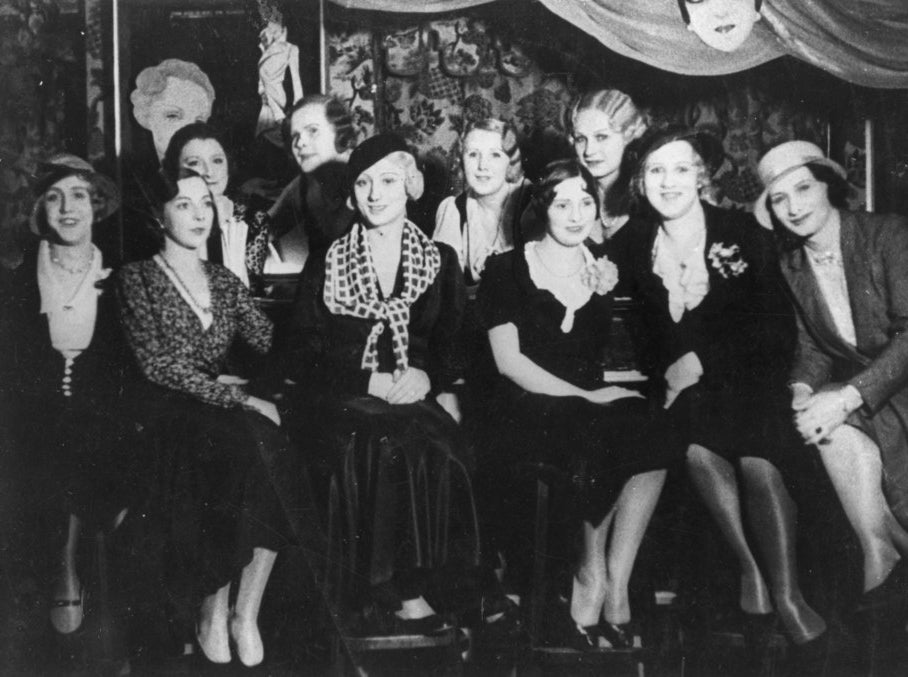

But even before the cabaret and Bauhaus scenes took the city by storm, Berlin was setting the standard for LGBT culture. 1896 saw the publication of the world's first gay magazine, Der Eigene, and the Scientific-Humanitarian Committee (an arm of the Institute for Sexual Sciences that focused on LGBT rights and legal protection) was founded in 1897.
Of course, by 1933, fascism had put an end to gay life in Berlin.
But by the late '60s, homosexuality was no longer deemed illegal. Gay action forces and organizations, gay museums, and, yes, gay bars, were back. Today, Schöneberg still holds strong as an LGBT mecca. You'll find blocks upon blocks along Fuggerstraße or Motzstraße brimming with gay bars, clubs, hotels, and more. And more recently, gay bars are popping up in the gay-friendly district of Friedrichshain.
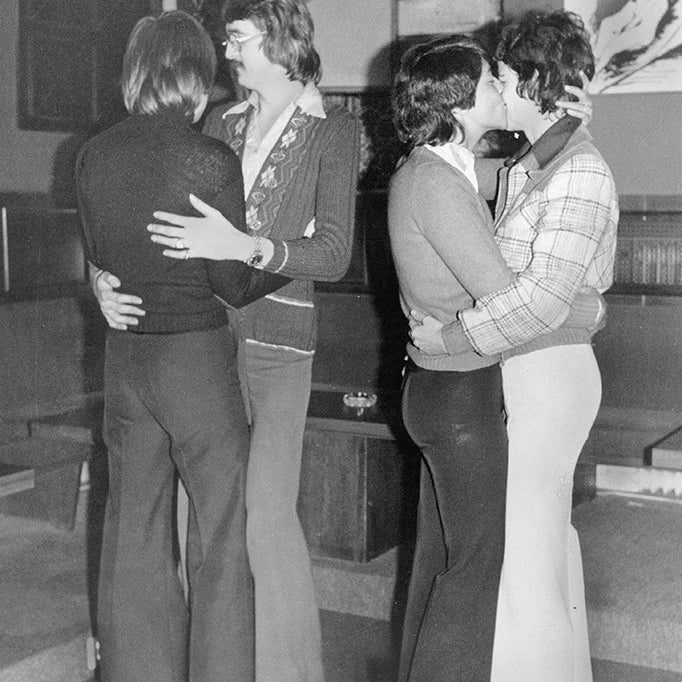


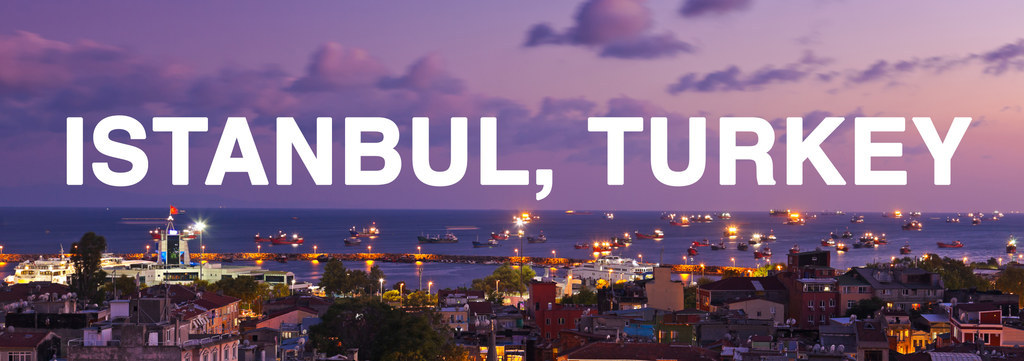
As far as LGBT rights go, TURKEY is a bit of a marvel. Homosexual conduct was decriminalized in the Ottoman Empire starting in 1858 and has been legal in modern Turkey since it was founded in 1923. Transgender individuals have been able to legally undergo sexual reassignment since 1988, and LGBT people have had the right to seek asylum in Turkey under the Geneva Convention since 1951. However, there are no legal protections for the LGBT community, and the same legal protections available to opposite-sex couples are not available to same-sex couples. Harassment and discrimination are not uncommon in Turkey.
More interesting still: In 1999, Demet Demir, a leading voice of the LGBT community, successfully became the first transgender candidate for the local council elections in Istanbul.
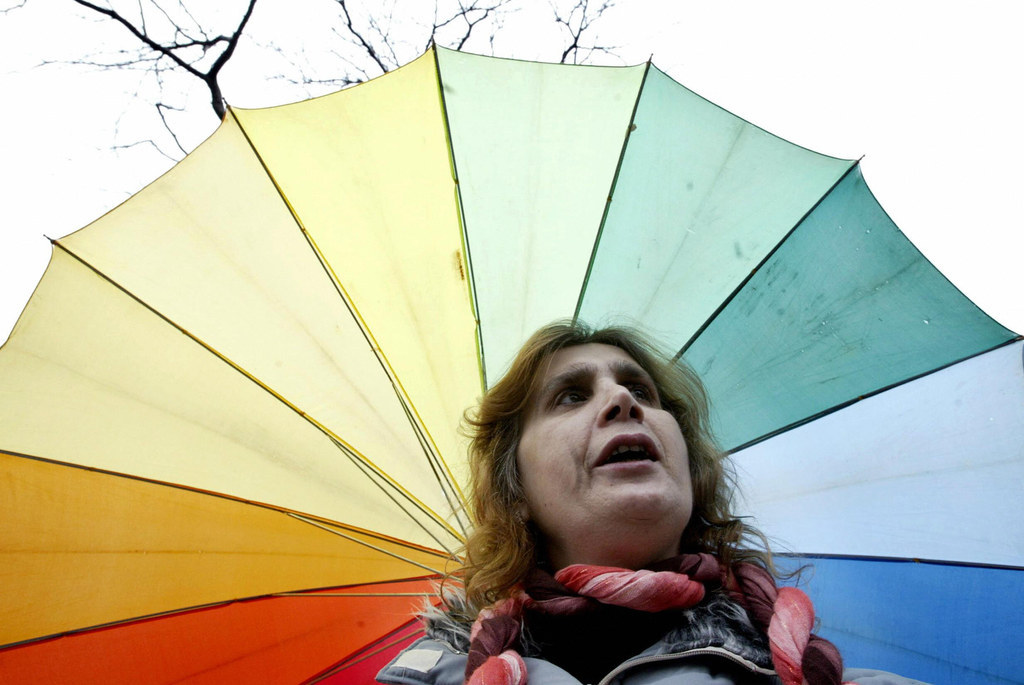
The first gay pride march ever held in a Muslim-majority country took place in Istanbul in 2003. Istanbul is inarguably the epicenter of gay life in Turkey, and while attitudes toward the LGBT community still remain mostly conservative, the gay district is by no means hidden or secretive. The Taksim/Beyoglu enclave is a bustling, heavily trafficked area in a safe part of town, with plenty of gay bars and clubs. During the day, the new-bohemian neighborhood of Cihangir is a particularly open-minded place to enjoy good food and trendy bars.
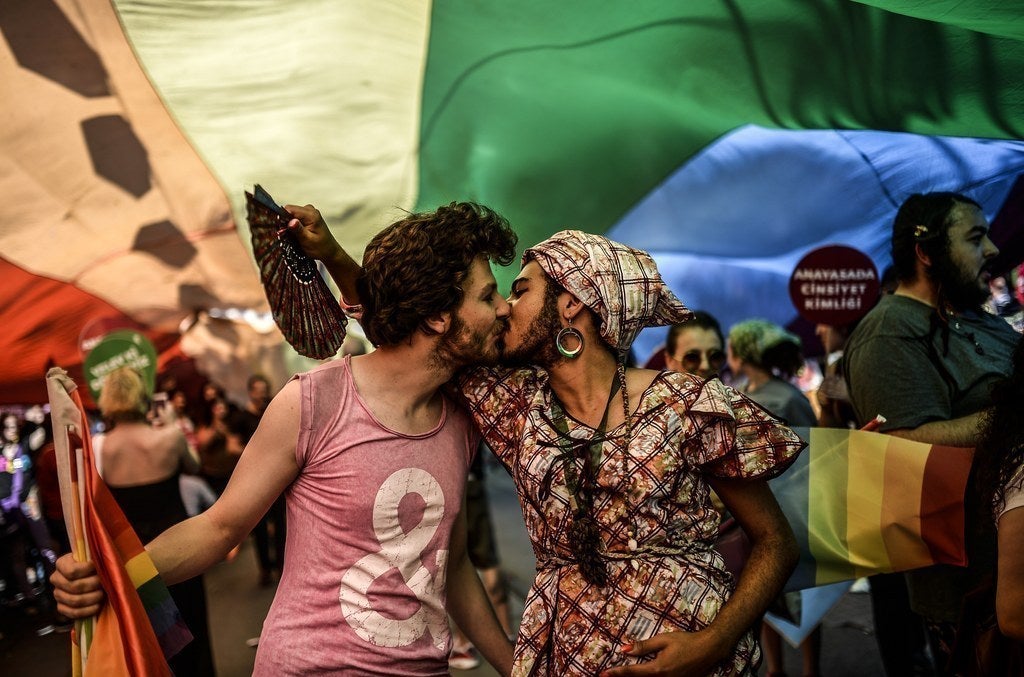

Istanbul's LGBT pride parade in 2014.

According to the Pew Research Center, Spain is officially the most LGBT-friendly country in the world. But the country has more than a dark past when it comes to LGBT rights, stretching back even before the Inquisition. Anti-gay laws and punishments date back to the 7th century, in fact. And yet, Spain's first same-sex marriage, between two men, dates back to the Middle Ages, in 1061. So, one could say Spain was always pretty down.

More modern history saw a shift. Franco came down hard on homosexuality, and starting in 1954, gay men were even sent to special prisons. Nevertheless, the '60s came, and especially tolerant cities like BARCELONA seemed above the law. By the time Franco died, LGBT communities began to develop a prominent place in Barcelona's subculture (especially in Sitges), strengthened by the gay rights movement that was happening around Europe.
Today, Post-Visgothic-Inquisition-Franco Spain is one of the most vibrant LGBT destinations on Earth. It's been said, even, that it has more places that could be labeled "straight friendly" than "gay friendly," since gay life is such a major part of the city. Eixample (or Gayxample to the locals) is home to some of the most popular gay establishments; Sitges, an old fishing village that's home to some very, very gay beaches, is just a 30-minute train ride away; and The Legend Party touts a girls-only policy that has become, well, legendary.
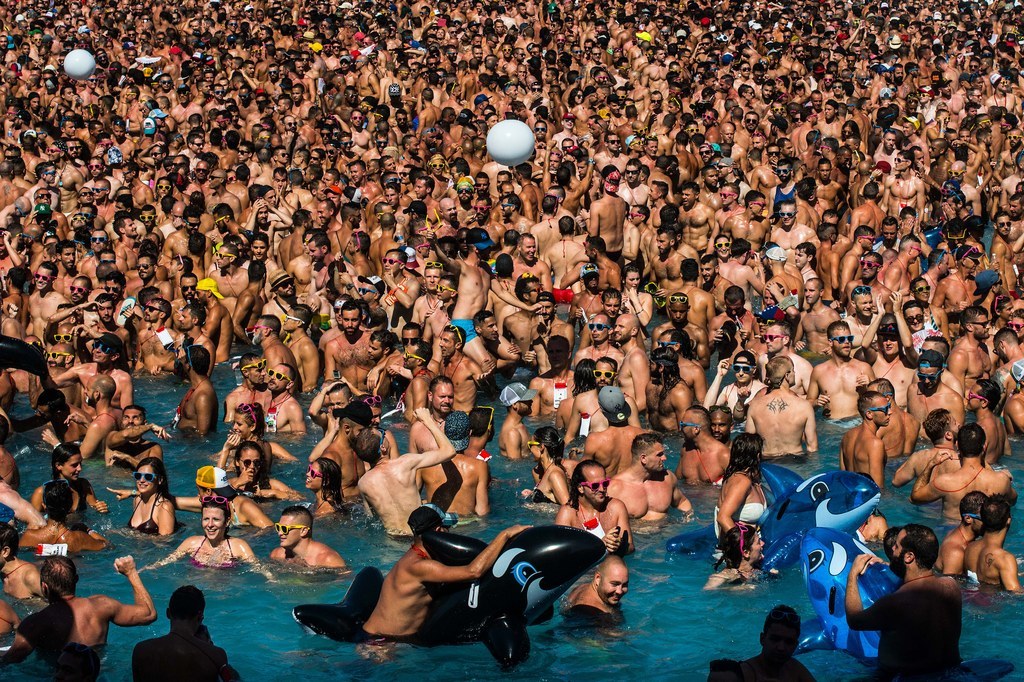

Although BANGKOK has had problematic blips along its LGBT timeline, it has long been touted as Asia's gay paradise. They've made strides in the areas of gay, lesbian, and transgender rights over the years, and while gay marriage may not be legal there, same-sex relationships are very much publicly tolerated (to say the least) by the general public.
The country's top university recently made a class on transgender issues mandatory, and 2015's Gender Equality Act makes discrimination against people based on gender identity or sexual orientation punishable by up to six months in prison and a fine of 20,000 baht (roughly $550).



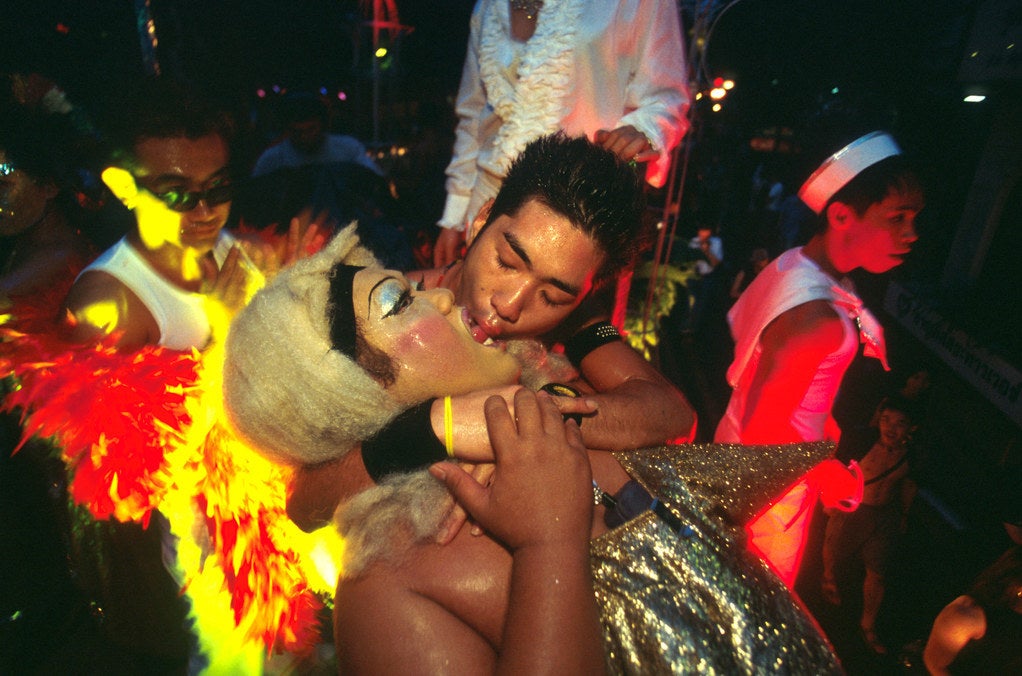
While the level of tolerance is certainly a draw, people from around the world come to Bangkok for the nightlife, from circuit parties to the very popular ladyboy bars. The gay hub is Silom. Places like G Bangkok serve up "guys on display" (in fact, that used to be this club's name) and drag shows that don't start until 5 a.m. Sofitel So Bangkok is home to some pretty infamous international pool parties, and DJ Station is the best place to dance.
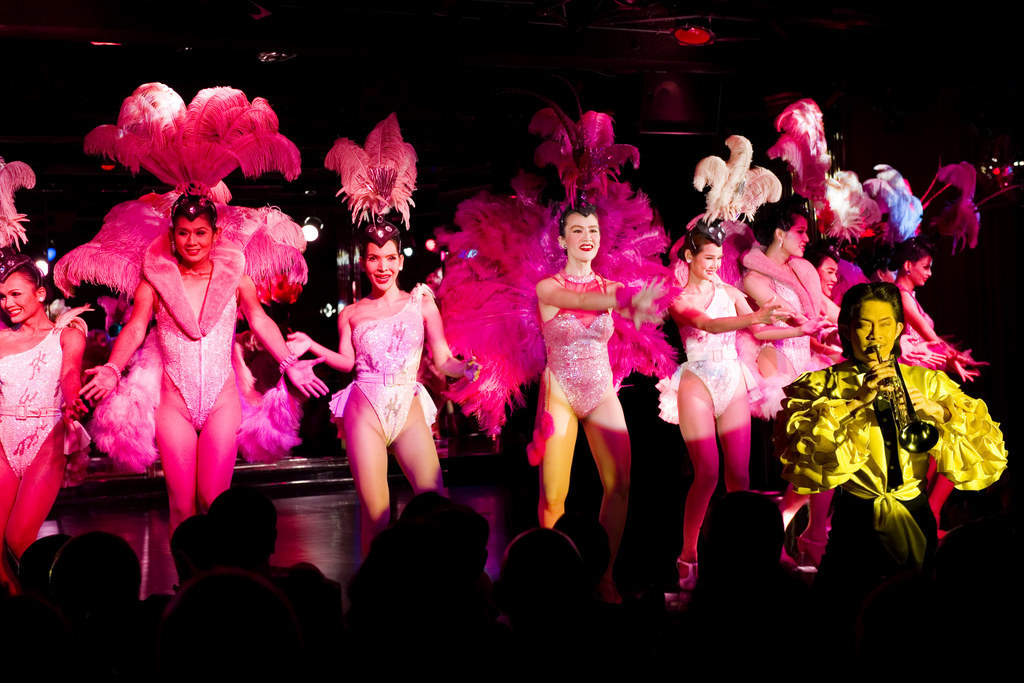
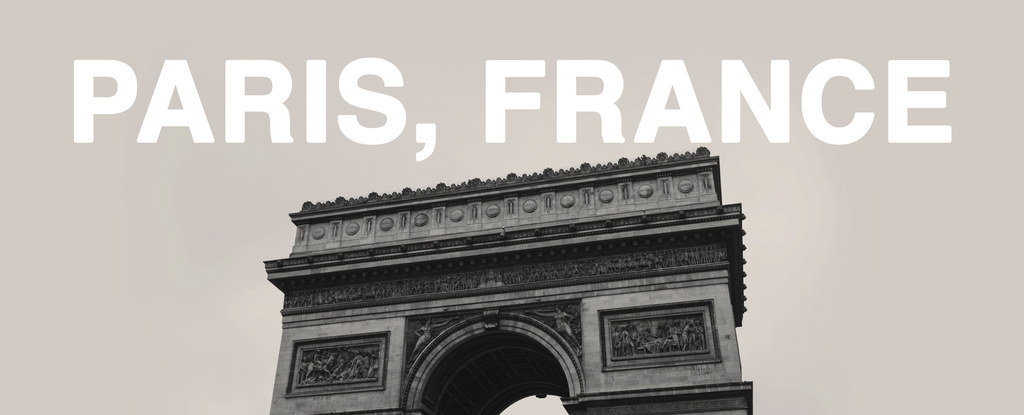
From the private lesbian salons of the 18th century to the very public lesbian bars of the 19th century that were "discreet, not secret," the cultural fibers of PARIS are undeniably queer. The city has an interesting legal history with lesbianism as well: While gay men were severely punished by the police and the courts, no laws were in place that condemned female homosexuality. Instead, a woman who made no secret about her sexuality was most likely to end up in a mental institution, most often at the hand of her husband.
While French authorities of the 18th and 19th centuries often turned a blind eye to lesbian meeting places, it was, in fact, a crime to write about lesbian sexual relations, as they feared the great deal of visibility it gave to the lesbian community.
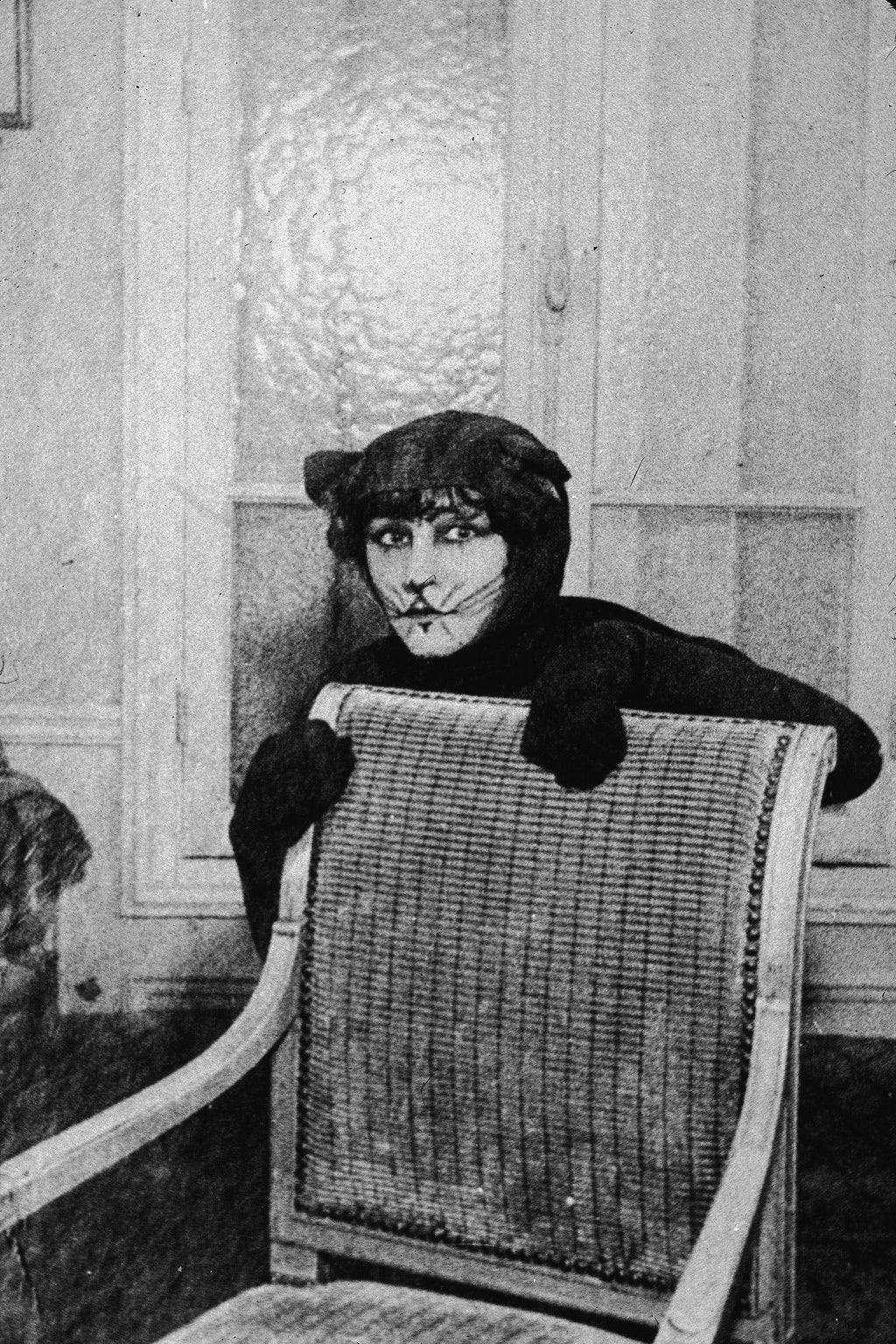

But by the early 20th century, the streets of Paris were populated by bona fide lesbian celebrities such as the infamously salacious Colette. The Nobel Prize–nominated author was married to men but had very public relationships with women — a sexual preference that often found its way into her novels. But even more revolutionary than Colette's openly queer interests was the fact that she treated them with little to no importance. She sampled just about every inch of the sexual spectrum, and her free-flowing relationship with it had much in common with the queer subculture of Paris itself, especially the literary and arts community. Marcel Proust, another notable queer author, is considered one of the first modern Western authors to write openly about homosexuality with Cities of the Plain in 1927.
Indeed, it is the early 20th century that is to this day considered the golden age of lesbianism in Paris. Although the days of tuxedoed women and their flashy, gown-clad counterparts may be gone, good lesbian bars are still easy to find in the city's most notable gay district, Le Marais. Le Champmeslé is Paris's oldest lesbian bar, and Le 3W Kafé has beautiful women and good music. It should be noted, though, that lesbian bars are the minority here. Like most of the world's gay districts, a good number of the establishments here are catered to gay men.
Sort of makes you miss the early 1900s, doesn't it?
